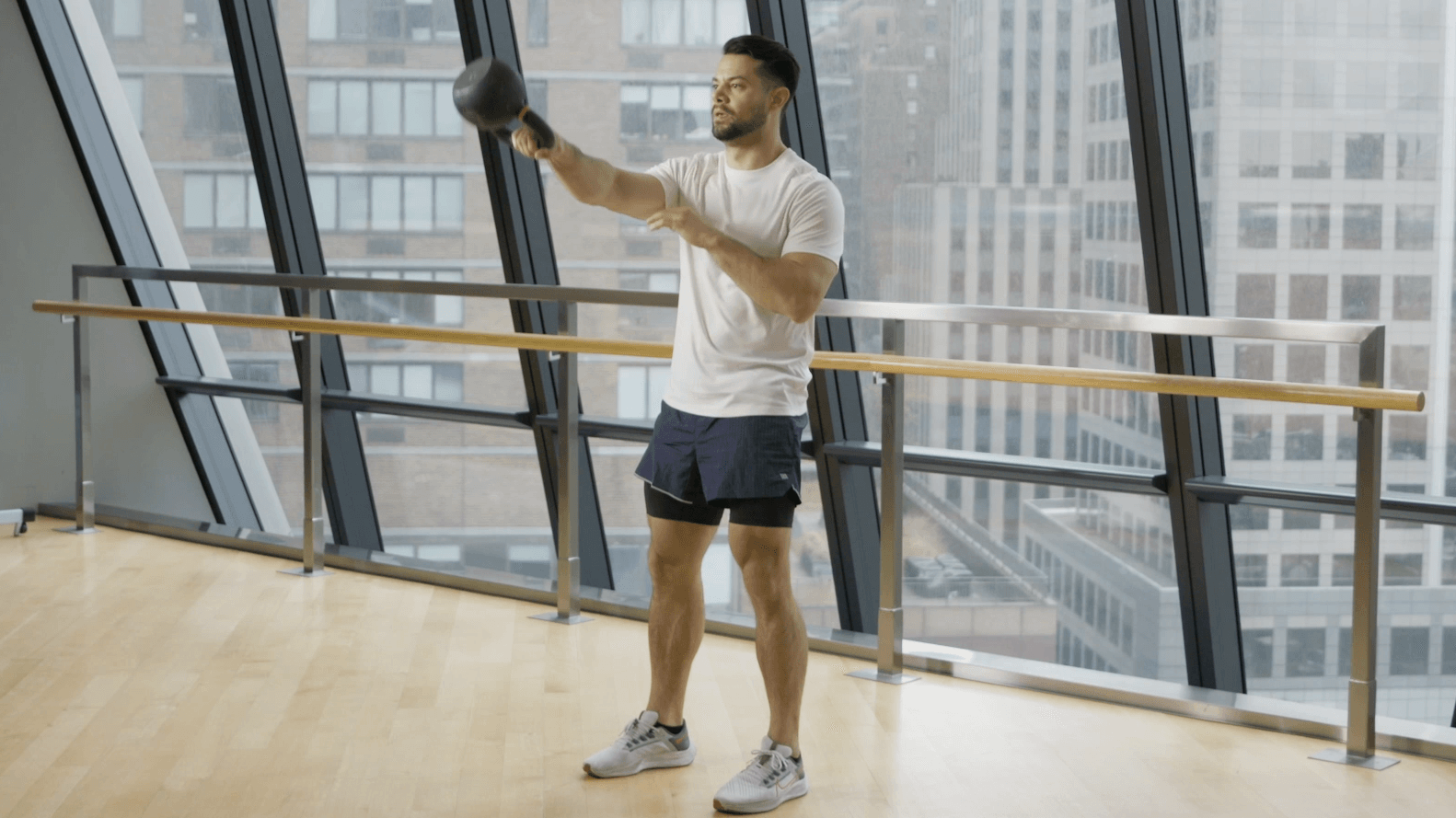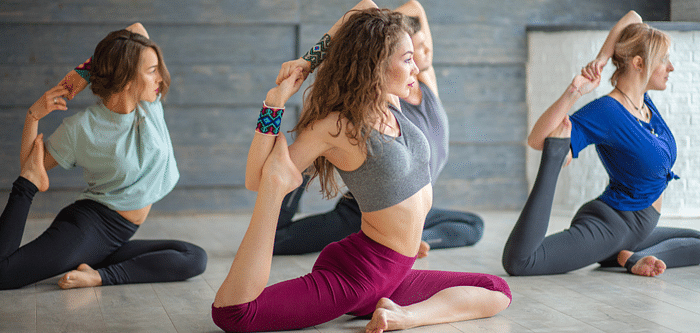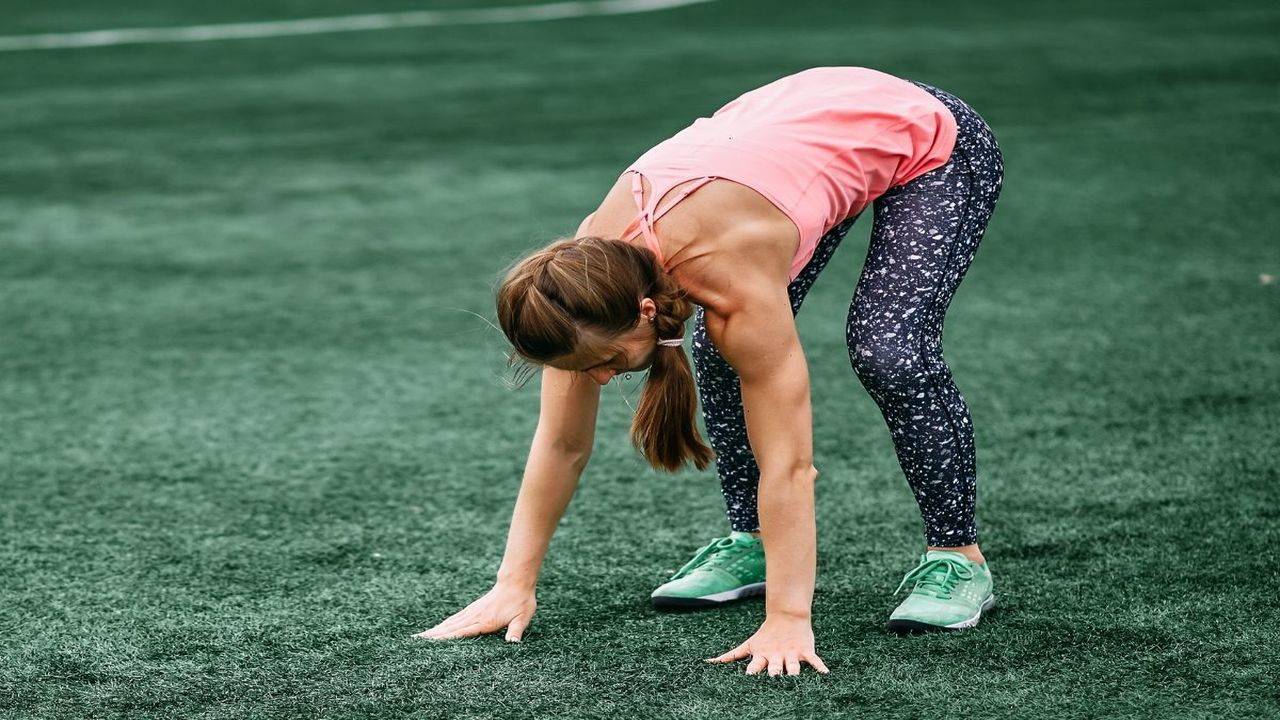What if your workout ended with a move Arnold Schwarzenegger swore by? Not a machine. Not a high-tech gadget. Just two brutally simple lifts: squats and suitcase carries. Together. As a finisher.
Let’s break it down. This isn’t just about lifting heavy weights. This is about maximizing time under tension, keeping your muscles firing when they’re already begging for mercy. It’s the kind of old-school training that built legends—and it’s still effective today.
Here’s everything you need to know about Arnold’s Squat and Suitcase Carry finisher, how it works, and how you can add it to your training.
What Is the Arnold Squat and Carry Finisher?
It’s exactly what it sounds like. You do a set of squats, then immediately go into a suitcase carry without resting. Sounds simple, right? But when programmed as a finisher—at the end of a leg or full-body workout—it hits different.
This combo pushes your quads, hamstrings, glutes, core, grip, and stabilizers. And because you’re staying under load the whole time, your muscles are constantly engaged. That’s “time under tension” in action.
And it’s not just a random pairing. There’s intention behind it. You squat to hit your legs and get your heart rate up. Then you carry—keeping the core tight, posture tall, and grip strong—to force your body to stabilize while fatigued.
Why Time Under Tension Matters
Let’s talk about this concept because it’s at the heart of this finisher.
Time under tension (TUT) is the total time your muscles are working during a set. The longer you keep them loaded, the more muscle fibers you recruit. More fibers activated means more growth and more strength over time.
Arnold knew that. That’s why he was a big believer in slowing down reps, holding tension, and finishing workouts with movements that “burned” the muscles in a controlled way.
The squat and carry combo does exactly that. You don’t rest between them, which keeps the tension alive. Your legs never get a break. Your core is forced to stay tight. It’s brutal in the best way.
How Arnold Used It
While Arnold didn’t invent the suitcase carry, he popularized the concept of adding carries and holds at the end of heavy training sessions. In his prime, he would finish workouts with high-rep squats, walking lunges, or dumbbell carries—sometimes barefoot, sometimes in boots. No fancy equipment. Just grit.
He understood something most lifters forget today: controlling weight builds more muscle than just moving it.
In his own words, “Don’t just lift the weight. Own it.”
When Arnold used this method, it wasn’t about going heavy. It was about feeling every rep, maintaining perfect form, and making each second count. That’s what separates a finisher like this from random accessory work.
The Squat and Suitcase Carry Finisher Workout
What You Need
- One dumbbell or kettlebell (moderate to heavy)
- Some open space to walk (10–20 meters)
The Format
3–4 Rounds:
- 10–15 Goblet Squats (holding dumbbell at chest)
- 20-meter Suitcase Carry (one arm)
- Rest 30–60 seconds between rounds
Alternate arms on each carry. So if you carried on the right side for Round 1, switch to the left side in Round 2.
This keeps your core working harder because one side is always under load. That’s the magic of the suitcase carry—your body fights to stay upright while being pulled off balance.
The Benefits You’ll Notice
1. Legs of Steel
Goblet squats aren’t just for beginners. When done for high reps and strict form, they torch your quads and glutes. Add the carry, and you’ll feel your legs working overtime to support your stride.
2. Stronger Core Without Crunches
Suitcase carries light up the obliques and deep core muscles. You’re resisting the urge to lean or twist. That’s real-world core strength—not flashy, but functional.
3. Better Grip and Posture
Holding a heavy dumbbell in one hand forces you to squeeze tight and keep your posture tall. It builds grip strength and fixes sloppy form fast.
4. Mental Toughness
This finisher isn’t flashy. It’s hard. Your legs will burn. Your lungs will scream. But that’s why it works. Pushing through those final reps and steps builds resilience. And that carries over into every other lift.
Common Mistakes to Avoid
Going Too Heavy
If your form breaks down during the carry or you start squatting half-reps, drop the weight. The goal here isn’t ego—it’s control.
Rushing the Reps
This is about time under tension. Don’t bounce out of squats or run through the carry. Slow and steady builds muscle.
Letting Your Core Collapse
During the suitcase carry, stay tall. Don’t lean toward or away from the weight. Imagine a string pulling your head to the ceiling.
How to Add This to Your Routine
This finisher works best at the end of a lower body day or full-body session. Here’s how you can slot it into your week:
Example Split:
- Monday: Upper Body Push
- Tuesday: Lower Body + Squat/Carry Finisher
- Thursday: Upper Body Pull
- Friday: Full Body + Squat/Carry Finisher
You don’t need to do it every session. Twice a week is enough to see major gains without overtraining.
Modifications Based on Your Level
Beginner
- Use a lighter weight (10–15 lbs)
- Do bodyweight squats instead of goblet
- Carry the dumbbell for 10 meters per side
Intermediate
- Use 25–40 lbs
- 12 reps of goblet squats
- 20 meters suitcase carry per arm
Advanced
- Use 50+ lbs
- Add a pause at the bottom of each squat (2 seconds)
- Carry up stairs or on uneven ground for an added challenge
Final Thoughts
Arnold Schwarzenegger’s Squat and Suitcase Carry Finisher is one of those “simple but deadly” combos. You don’t need machines. You don’t need a gym full of gear. Just one weight, your body, and the willingness to push yourself through the burn.
This kind of training sticks. It builds functional strength, serious muscle, and grit you can’t fake.
Next time you hit the gym, try finishing with this. Squat hard. Carry with purpose. And channel your inner Arnold.
You won’t regret it.










